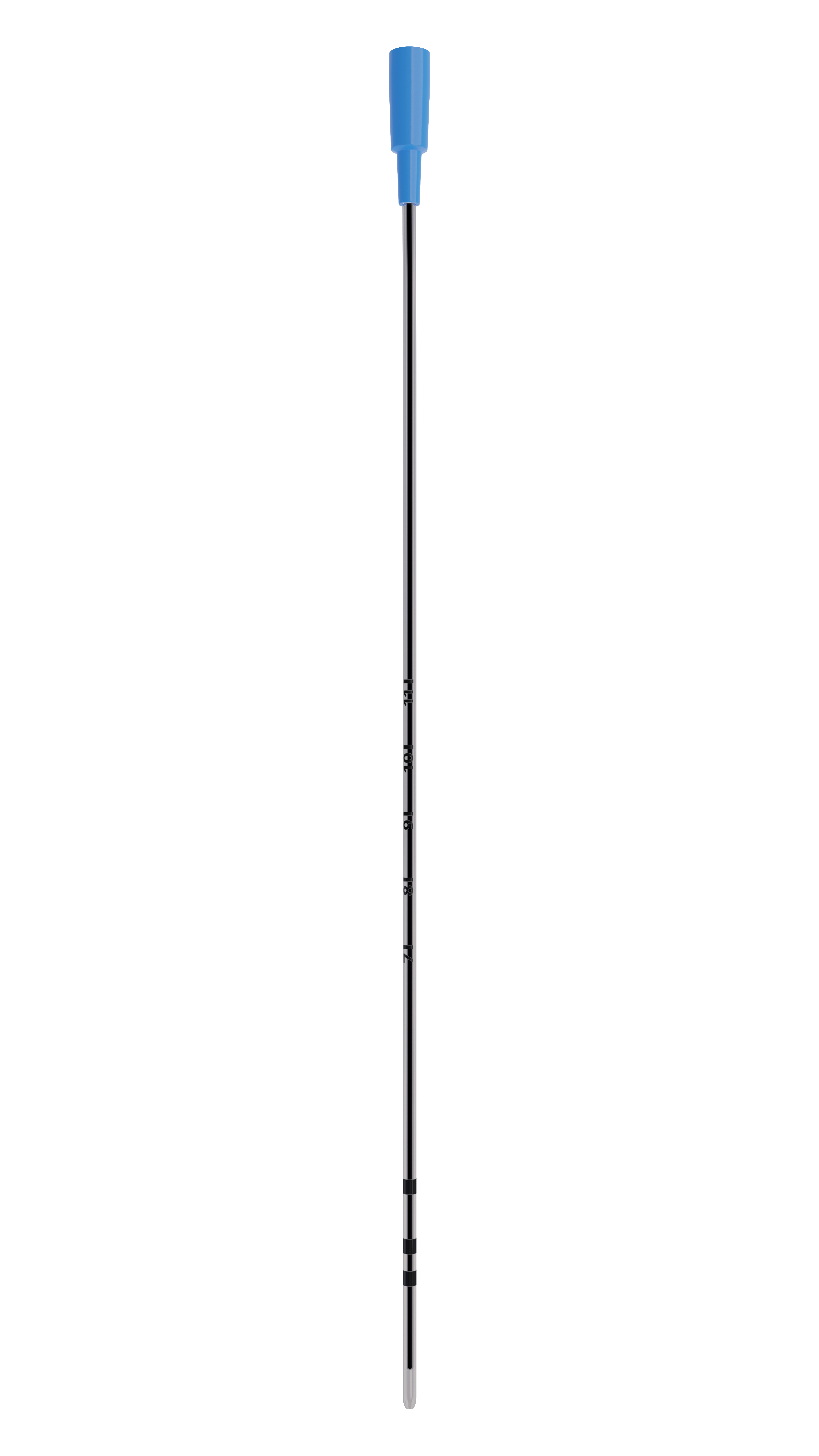Product Details
Solution Based Design
BLEScath® is indicated for the administration of pulmonary surfactant, specifically bovine lipid extract surfactant suspension, using less invasive surfactant administration (LISA) technique or minimally invasive surfactant therapy (MIST) for rescue treatment of infants with Neonatal Respiratory Distress Syndrome.
BLEScath® supports the LISA method of surfactant administration. The administration of surfactant via a thin catheter compared with an ETT is associated with a reduced risk of death or BPD1.
LISA may offer institutions cost savings by decreasing the need for ventilation, consumables, diagnostic procedures, and investigations6.
LISA/MIST Methods
BLES®, LISA and BLEScath®, are three innovations that are fast and may impact NRDS Treatment3,4,6,7.
- The LISA method uses a small diameter catheter inserted into the trachea to deliver exogenous pulmonary surfactant to a spontaneously breathing patient supported by continuous positive airway pressure (nCPAP) to avoid intubation. LISA is intended for neonates ≥ 28 weeks gestation and/or ≥ 1000 grams.
- LISA reduces the necessity for intubation and mechanical ventilation9.
- LISA’s smaller catheter allows the flow of gas through the vocal cords while maintaining the physiological function of the larynx6.
- LISA provides the advantage of postnatal circulatory adaptation under spontaneous breathing which may result in lower rates of intracranial hemorrhage (ICH)6.
- Meta-analyses have shown that LISA is superior to nCPAP alone or the InSurE technique in terms of avoidance of bronchopulmonary dysplasia (BPD) and ICH6.
- With LISA, long-term follow-ups report better pulmonary function and neurocognitive outcomes6.
Technical Information
Pivotal Benefits
BLEScath® is designed explicitly for use with BLES®
BLEScath® is designed explicitly for bovine lipid extract surfactant administration. BLES® has a very low viscosity formulation and has been tested to pass through the holes in the stylet’s anchor at the proximal end of BLEScath®. Other surfactants have not been tested with BLEScath®4.
For example: The depth of insertion for a 1 kg baby is 6 cm + 1 = 7 cm.
*Click To Enlarge

References
1.Abdel-Latif ME, Davis PG, Wheeler KI, De Paoli AG, Dargaville PA. Surfactant therapy via thin catheter in preterm infants with or at risk of respiratory distress syndrome. Cochrane Database of Systematic Reviews. 2021;2021(5).
2.Bhattacharya S, Read B, McGovern E, da Silva O. High-volume surfactant administration using a minimally invasive technique: Experience from a Canadian neonatal intensive care unit. Paediatrics & Child Health. 2018;24(5):313–7.
3.BLES® Product Monograph, Jan.31, 2022.
4.BLEScath® Instructions for Use (IFU) MD0102C.
5.Bugter IA, Janssen LC, Dieleman J, Kramer BW, Andriessen P, Niemarkt HJ. Introduction of less invasive surfactant administration (LISA), impact on diagnostic and therapeutic procedures in early life: A historical cohort study. BMC Pediatrics. 2020;20(1).
6.Herting E, Härtel C, Göpel W. Less invasive surfactant administration. Current Opinion in Pediatrics. 2020;32(2):228–34.
7.Lemyre B, Lacaze-Masmonteil T, Shah PS, Bodani J, Doucette S, Dunn M, et al. Poractant alfa versus bovine lipid extract surfactant: Prospective Comparative Effectiveness Study. Journal of Perinatology. 2022;
8.Nouraeyan N, Lambrinakos-Raymond A, Leone M, Sant’Anna G. Surfactant administration in neonates: A review of delivery methods. Canadian journal of respiratory therapy : CJRT = Revue canadienne de la thérapie respiratoire : RCTR. 2014;50(3):91–5.
9.Vento M, Bohlin K, Herting E, Roehr CC, Dargaville PA. Surfactant administration via thin catheter: A practical guide. Neonatology. 2019;116(3):211–26.
Customer Service and Ordering Information
Item code: 54-1100
Each package contains one 5 Fr catheter with integrated SS stylet
1 unit = 1 catheter
10 units per case


